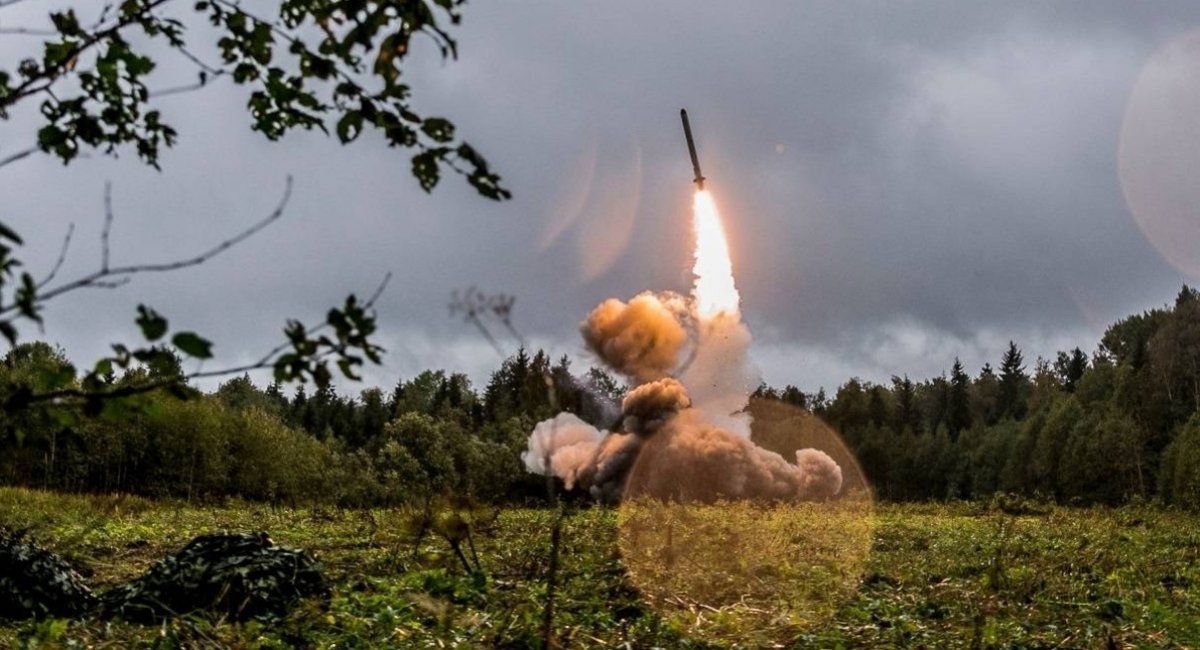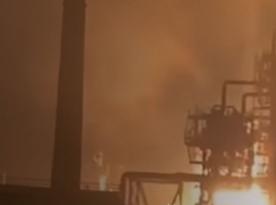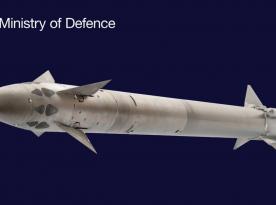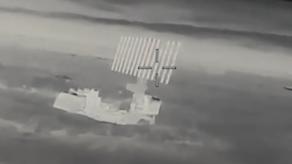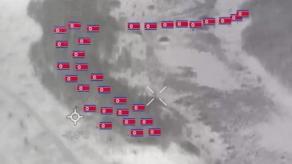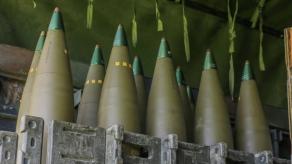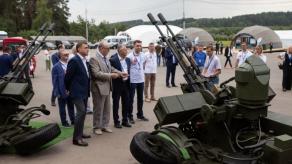Defense Intelligence Agency (DIA) of the U.S. Department of Defense has published an infographic designed to prove the necessity of deploying the Golden Dome missile defense system by analyzing existing nuclear threats and providing a short-term forecast for the coming five years.
Although the target audience is the Congress members who would have to greenlight spending a truly astronomical cost for the program, currently estimated at $542 billion, the document also presents valuable perspective on modern age threats and particularly on russia's missile capabilities amid its war on Ukraine.
Read more: What Types of Weapons russia Needs Tantalum For and Where It Gets It

Specifically, attention should be paid to the info cards with the types of nuclear-capable missiles. Intercontinental ballistic missiles aside, let's focus on two relevant categories: hypersonic weapons and land attack cruise missiles, i.e. all those weapons russia regularly uses in conventional strikes against Ukraine.
The American intelligence says russia currently has about 300 to 600 LACMs, including air-launched Kh-101 missiles, ground-launched R-500s fielded by Iskander systems, sea-launched Kalibrs, and more. As for all available types of hypersonic weapons, the russian inventory now stands at 200–300 weapons, which apparently encompasses the Kh-47M2 Kinzhal, Zircon missiles, and Avangard boost-glide vehicles.
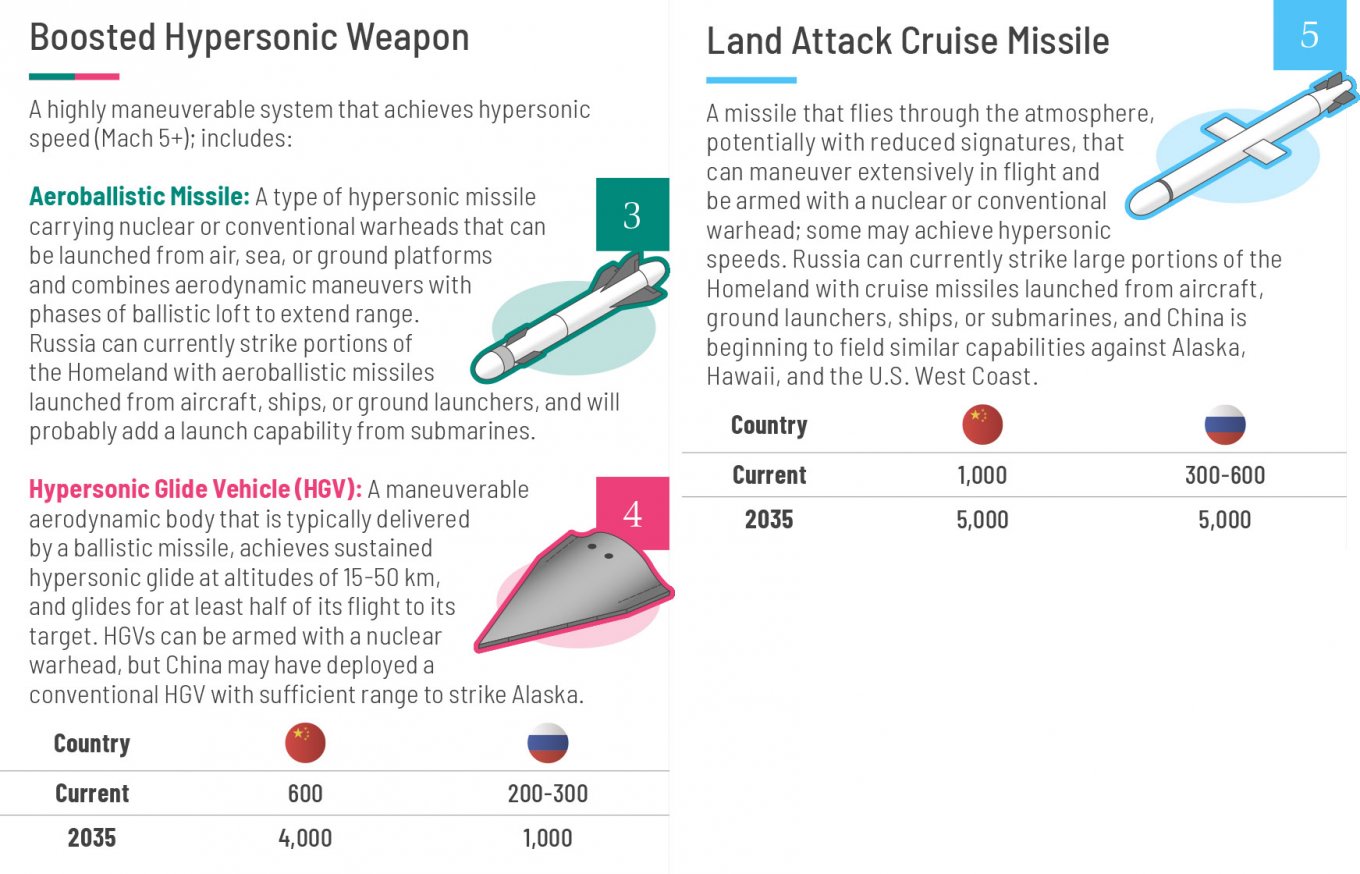
Defense Express adds that besides assessing the available stocks, it is also necessary to take the production rates into account. Based on a detailed investigation of russian spare parts procurements for 2025 by a private intelligence company Dallas, russian missile makers expect to churn out 633 Kh-101 missiles this year, for example.
The U.S. prediction, meanwhile, is that russia will have about 5,000 long-range cruise missiles total by 2035, which means an average annual production rate of less than 500 units of all russian cruise missiles combined.
As for hypersonic weapons, russia should have around 1,000 missiles and glide vehicles ten years into the future. China, while already possessing twice as many as russia, should possess a whole 4,000 high-speed threats. These numbers, too, seem to reflect Washington's assessments of russian military-industrial capacity to produce advanced weaponry as compared to the main geostrategic rival.
The same translates into the DIA analysis of intercontinental attack systems, where iran and North Korea are also included as countries with the capability to directly strike the United States from a distance. The iranian military is anticipated to have 50 ICBMs and N.Korea 60 by 2035. Then again, russia despite its loud threats and statements can only increase its current stockpile by another 50 units, for a total of 400 strategic missiles. The russian progress in making other types like Fractional Orbital Bombardment Systems (FOBS) or submarine-launched ballistic missiles, is effectively negligible.
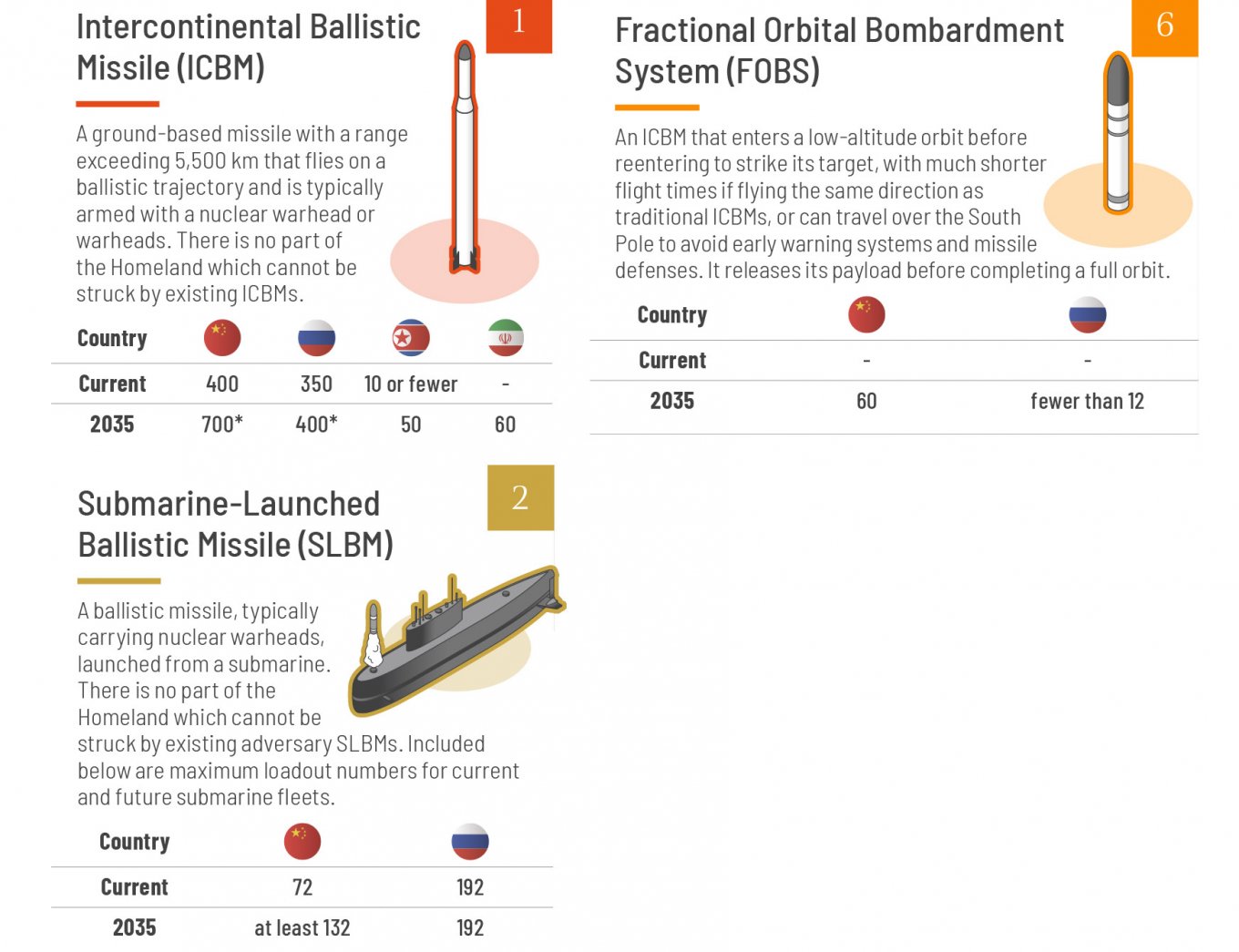
The FOBS concept was once implemented by the USSR in the form of the R-36orb missile, adopted into service in 1968. It was supposed to deliver a 2.3 Mt (other sources: 5 Mt) warhead to low-Earth orbit. But under the terms of the Strategic Arms Limitation Treaty II (SALT II) in 1983 the weapon system was decommissioned, and the three regiments operating it were disbanded.
Despite russian efforts to recreate the technology, the U.S. expects they will be able to produce fewer than 12 such missiles over the next 10 years. In contrast, China will make up to 60 weapons of this type — quite vocal of russia's missile industry decline in comparison.
So is the forecast regarding the unchanging number of submarine-launched ballistic missiles in russia's arsenal, currently estimated at 192 — while China will increase its underwater nuclear component almost twofold from 72 missiles to "at least 132."
Read more: No Missiles, No Explanation: Romania Abandons Missile Deal with Ukraine That Could Have Included Neptune



